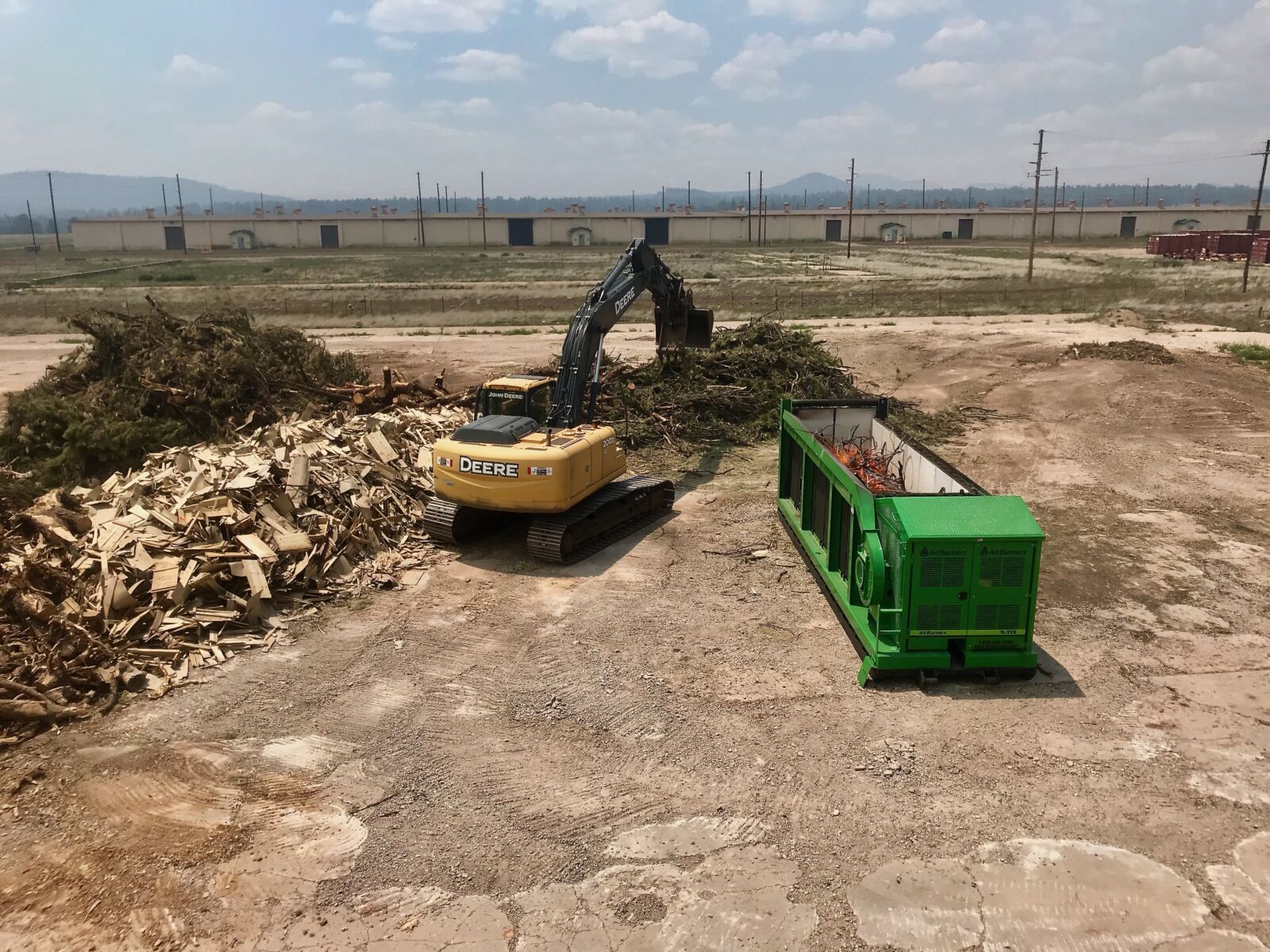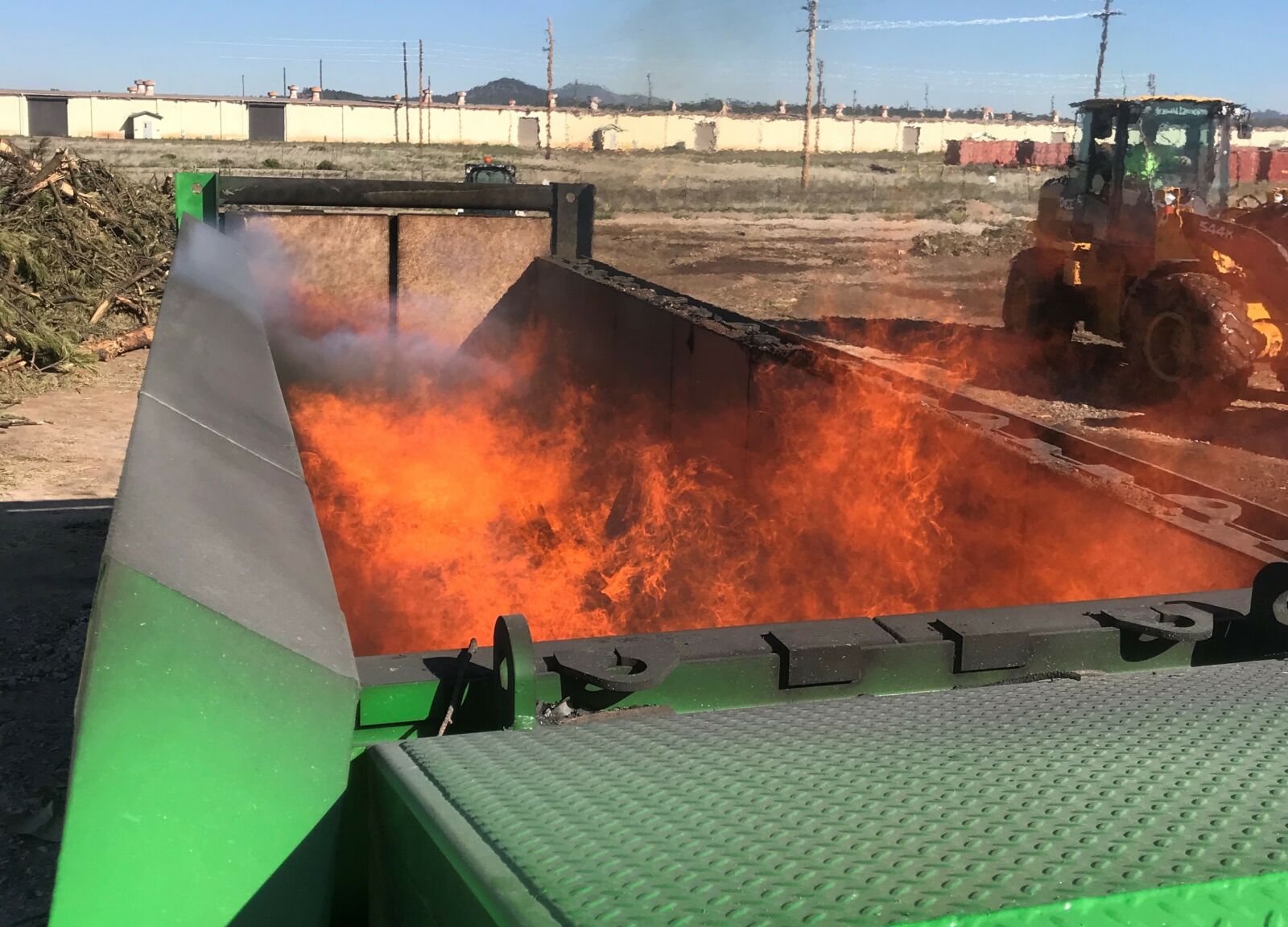The National Forest Foundation and partners across Arizona are working together to improve forests and watersheds. Our work aims to minimize fire and post-fire flooding risk to communities—all to protect critical water supplies and ensure the resiliency of forests for recreation, wildlife and for a great quality of life.
An outstanding obstacle for these efforts, especially across Western forests, is what to do with all the unusable woody material that comes from restoration project sites. Air Curtain Burners or ACBs are becoming a huge player in the world of forest restoration, logging practices, and even in generating renewable energy. These simple yet highly effective machines can reduce vegetative waste volume by 98 percent and reduce particulate emissions by up to 95 percent when compared to traditional “open pile burn” slash removal practices.
The NFF with Coconino County are currently exploring opportunities to use ACB technology to support restoration across the Bill Williams Mountain, a largescale restoration project that aims to reduce severe fire risk, minimize post-fire flooding impacts to the City of Williams, and protect the water supplies for the City and for the entire Verde Watershed.
So what is an ACB and how does it work? Imagine a super-insulated shipping container that uses a fan to blow a curtain of air over an open top. A fire is started inside the container, the fan is kicked on, and the smoke from the burn is blown back into the fire to be re-ignited. The convective action inside the container keeps particulates out of the air and allows for a more oxygenated flame that can reach over 2000 degrees! This allows for wildly efficient combustion and breakdown of vegetative waste.


An ACB may prove to be a great tool in forest management during tree-thinning projects. It’s a safe and effective way to eliminate slash piles that pose a fire risk if just left in our forests.
Not only that, but an ACB is a cheaper alternative to mulching, and the leftover ash can be spread about the forest floor to act as a fertilizer and soil amendment to aid in plant growth. ACB’s can also be paired with an electricity generation unit that uses the excess heat from the burn to create power from biomass. Depending on the size of the unit, these machines can generate up to 1-megawatt hour of electricity, enough to power an average home in the United States for over a month!
ACBs are gaining popularity among industry professionals and organizations for being an innovative solution to a handful of problems that are faced when tackling restoration work, and it looks like they just may be the future for maintaining the health of our nation’s forests, including in Arizona!
Click here to learn more about our work in Northern Arizona.

